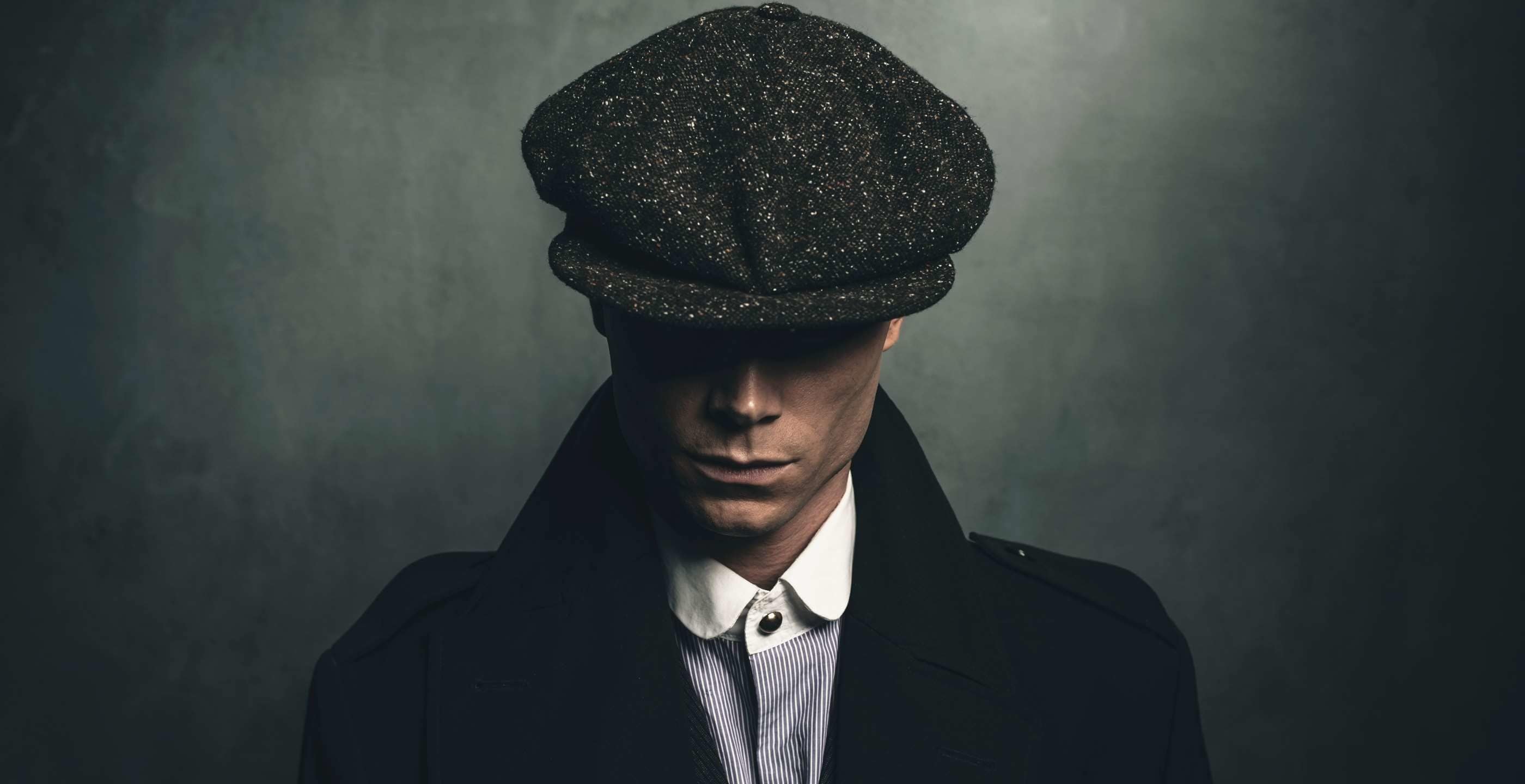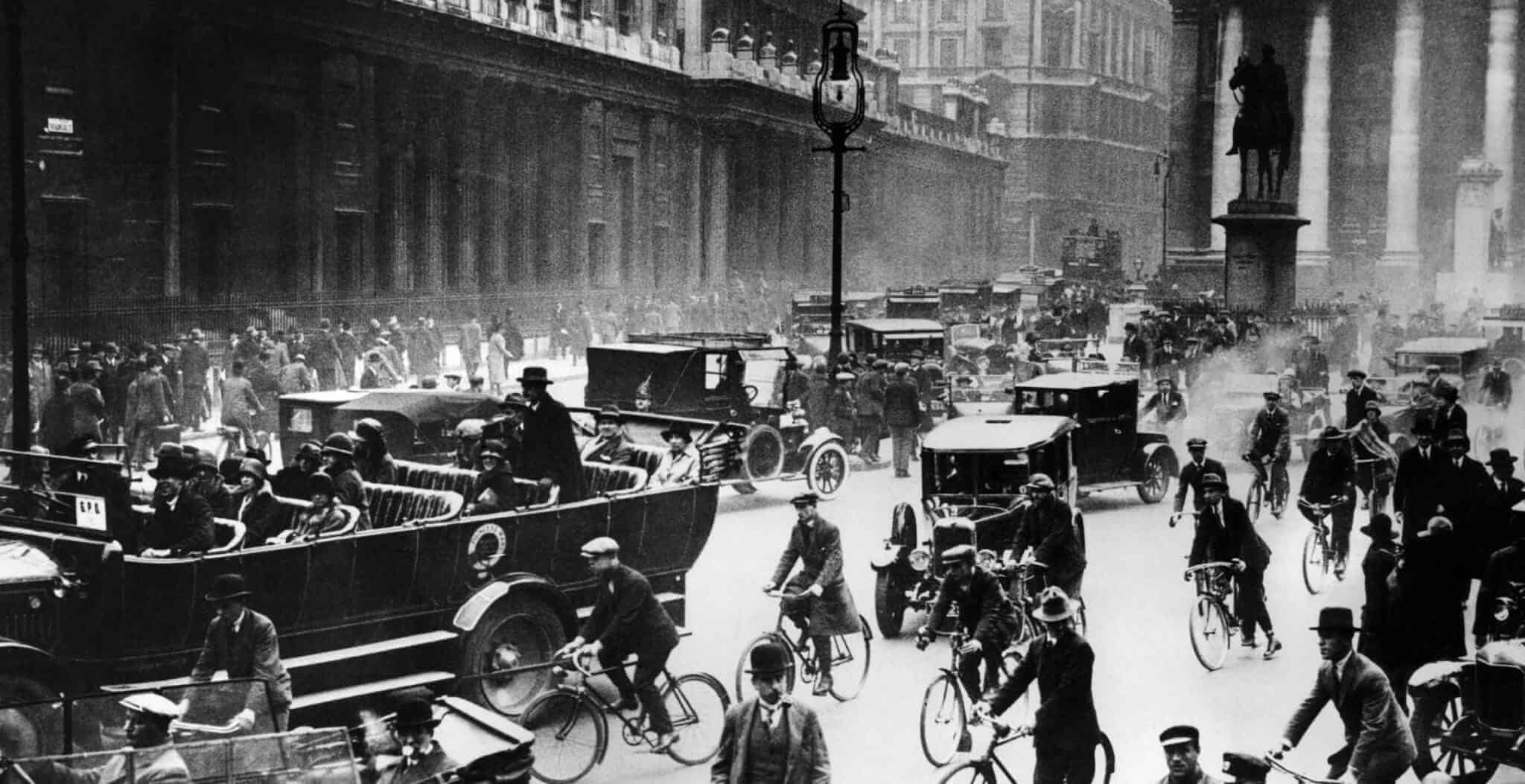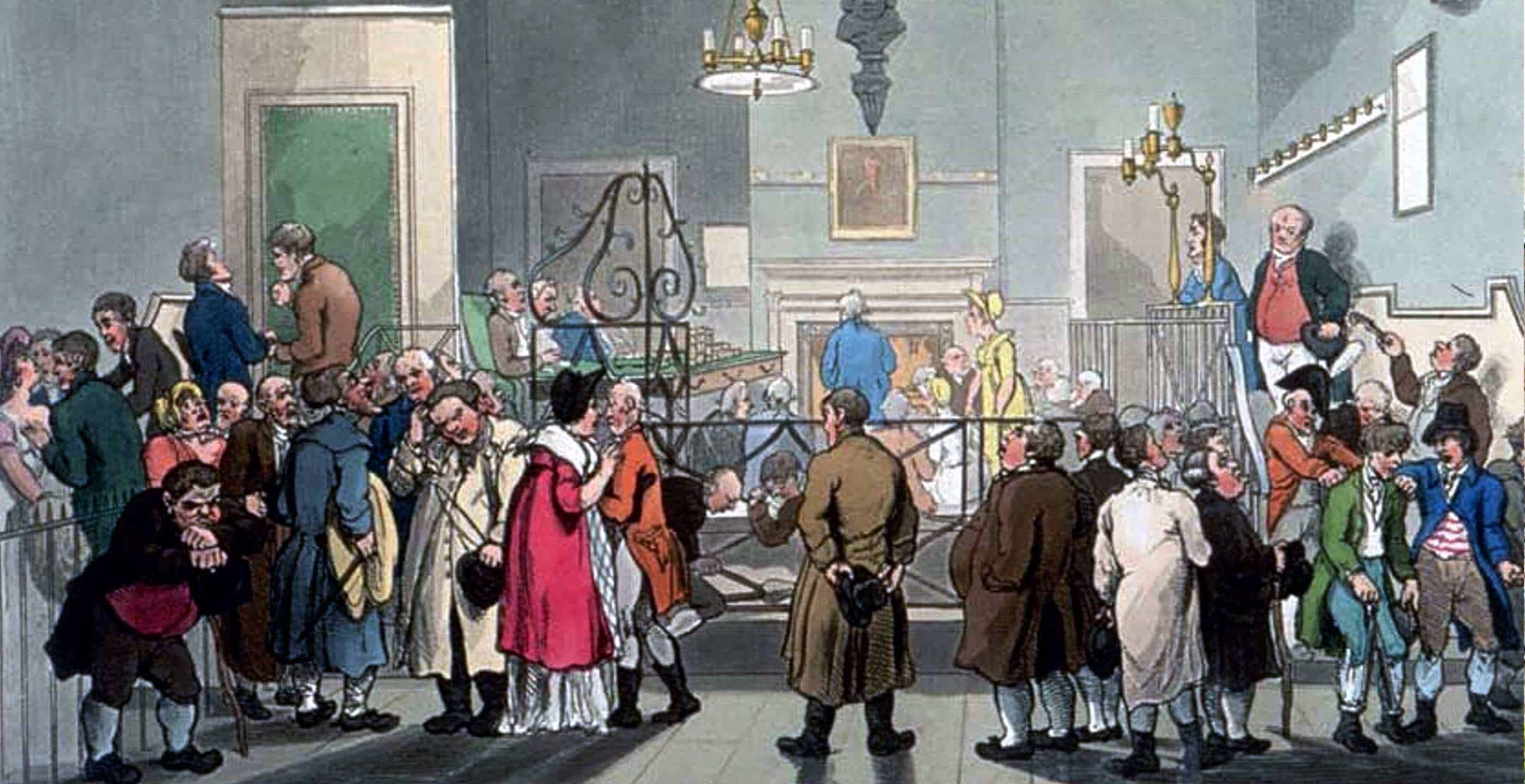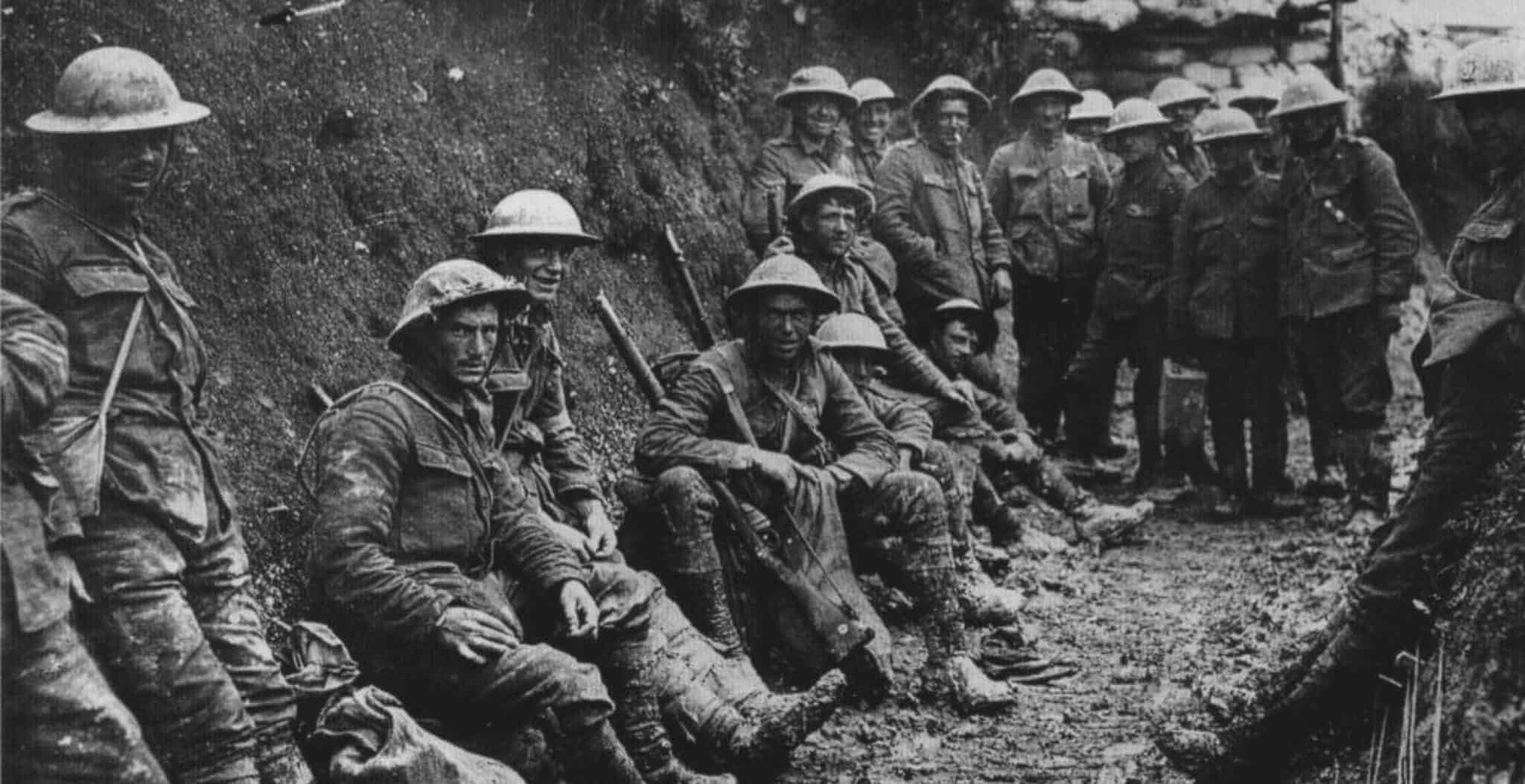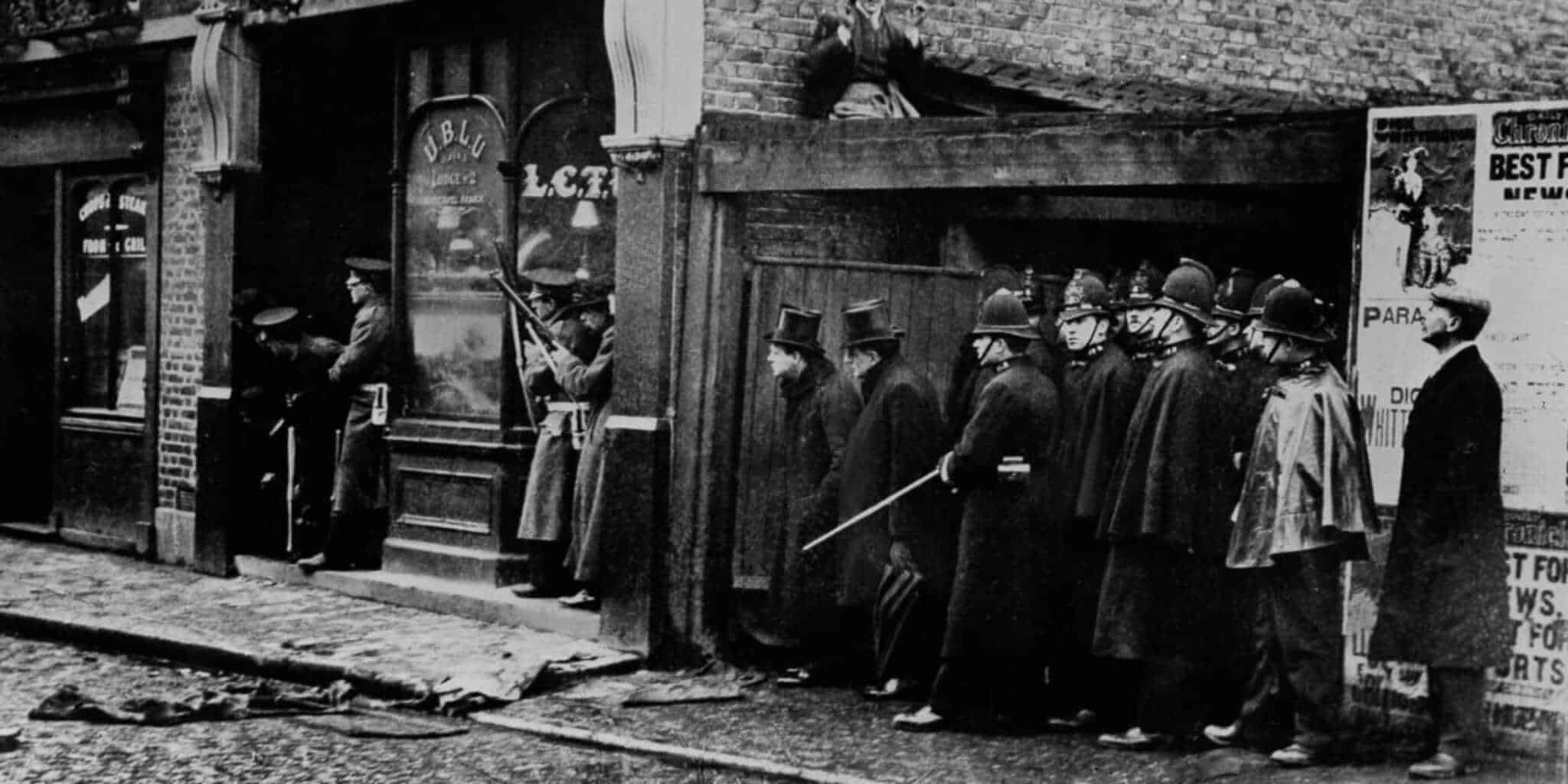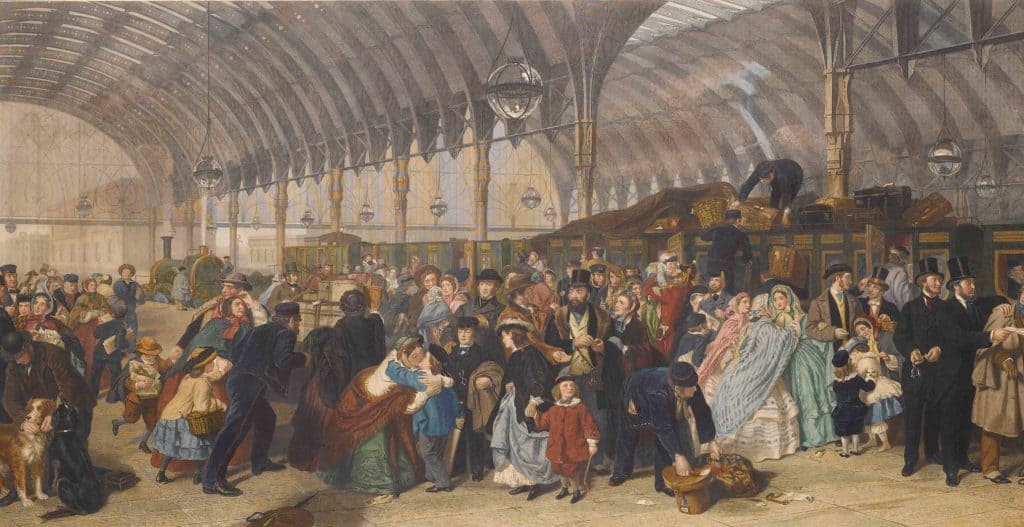Peaky Blinders, now a hit television programme, may be a fictional story of the Birmingham underworld but it is based on the very real existence of a gang by the same name based in the Midlands in the late nineteenth century.
‘Peaky Blinders’ as they were known, has become an infamous name although the exact origins of it remain a mystery. Some believe it to have originated from the barbaric practice of stitching razor blades into the peak of their caps, although this might be a more fantastical theory as others suggest the luxury item of a disposable razor blade would not have been commonplace at the time. Another theory is that Peaky Blinders derives from the use of the cap to disguise their faces from the victims so they could not be identified.
The infamy of the group and its distinctive name may simply have come from local slang at the time using ‘blinder’ as a description for someone looking particularly striking in appearance. Wherever the name came from, it stuck and would become a namesake for gangs long after the Peaky Blinders demise.
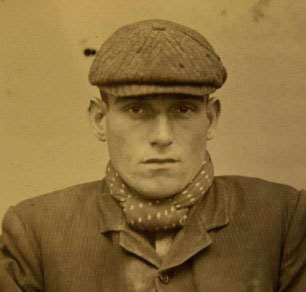
The origins of this gang and others similar to it, came from the poor living conditions and economic hardships which dominated industrial England during the late nineteenth and early twentieth century. Poverty was a principal cause for the formation of gangs which began with young boys who took up pickpocketing as a way of earning money.
The slums of Britain, particularly in the Midlands and northern England, were faced with large scale deprivation and poverty; for young boys and men not in work and with little job prospects, pinching, mugging and criminal acts became a way of life.
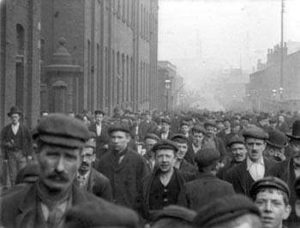
In the large and burgeoning industrial city of Birmingham, pickpocketing became commonplace in the streets where a violent youth culture was beginning to emerge. Economic deprivation had led to criminal activity but these young criminals quickly used extremely violent methods which included assaulting their victims and in some cases stabbing or strangling. The disenfranchised men in the slums of Birmingham were forming a separate culture all of their own: it was violent, criminal and organised.
Peaky Blinders emerged from the area of Small Heath in Birmingham, with the first reported activities detailed in a newspaper in March 1890 which described the brutal assault on a man by a gang known as “Peaky Blinders”. The group were already gaining infamy for their violence and brutality in the criminal world and were keen to have their activities recorded in the national newspapers.
In the late 1800’s these gangs were made up of a variety of ages, varying from as young as twelve, up to the age of thirty. It was not long before the groups gained organisation through informal hierarchies. Some of the members would go on to become very powerful, for example Thomas Gilbert who became known as Kevin Mooney, who was considered to be one, if not the most, prominent member of the Peaky Blinders.
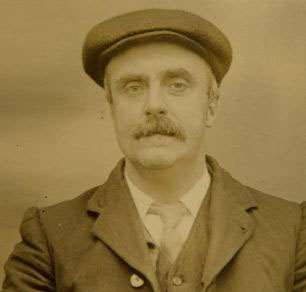
As the youth gang culture began to take over the streets of Birmingham, entire areas fell under the control of the groups with “land grabs” a common source of rivalry between gangs. Mooney was a major instigator of these activities and soon the Peaky Blinders became a singular entity, operating in favourable areas and communities in Birmingham.
The Cheapside and Small Heath region was a main target and involved competition from fellow gangsters known as “Cheapside Sloggers” who were keen to get their hands on the area. This particular group had already gained notoriety for their street fighting activities in some of the poorest districts. As main rivals, “post code battles” became common, a way to discern power and control in certain locations whilst asserting territorial boundaries dictated and understood by the criminal underbelly of the city.
One of the main factors that precipitated their rise in power was that so many leading figures, for example in business, the law and elsewhere were in their pay, thus allowing a growing contempt for criminality that they knew was unlikely to face punishment.
In 1899, there had been attempts to control their activity by installing an Irish police constable in Birmingham in order to gain greater levels of law enforcement in the area. This attempt however was short-lived and ill-advised considering the larger culture of corruption within the police force itself. The Peaky Blinders, knowing that bribery would buy silence, continued their activities relatively unhindered whilst police effectiveness became greatly diminished.
Violence and bribery allowed Peaky Blinders enormous levels of control in the area. Economically, politically and socially, the Peaky Blinders called the shots and dictated the decisions. Culturally, they were dominating the scene.
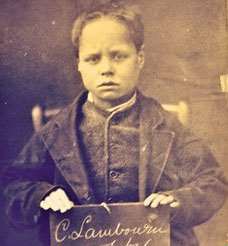
As a group, the Peaky Blinders entered the sphere of popular culture not only through their criminal dealings but also through their notable dress sense and style. The members of the group adopted a signature style which included a peaked flat cap (largely believed to be the origins of their name), leather boots, waistcoats, tailored jackets and silk scarves. The criminal gang had acquired a uniform as well as a hierarchy.
This distinctive style was effective in many respects. Firstly, it garnered a great deal of attention and set them apart from other gangsters. Secondly, the clothes demonstrated power, wealth and luxury, unaffordable for others around them. This extended to family members of the gang including wives and girlfriends who were able to afford expensive garments compared to their counterparts. Finally, the lavish clothing was a demonstration of defiance against the police, who could easily identify them but remained relatively powerless at the same time.
The gang were able to control Birmingham and exercise their will for almost twenty years, in one of the largest criminal enterprises of the nineteenth century. As part of their expansion, they extended their criminal portfolio to include smuggling, robbery, bribery, forming protection rackets, fraud and also hijacking. Whilst partaking in a range of activities, their specialty remained in street based local crime such as robbery and assaults.
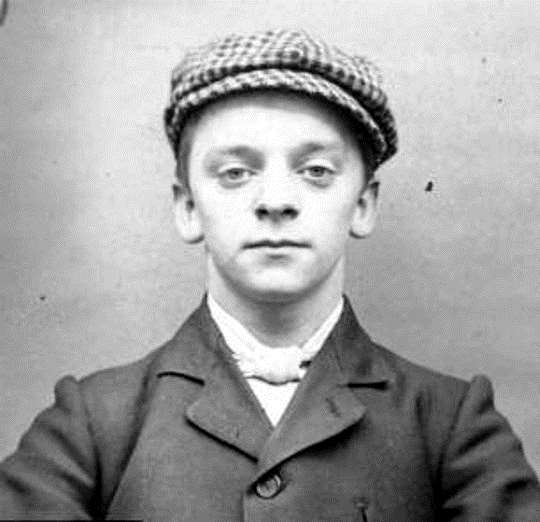
Some of the individuals most well-known included Harry Fowles, otherwise referred to as “Baby-faced Harry”, who was under arrest for stealing in October 1904. Fellow members also caught around the same time included Stephen McNickle and Earnest Haynes, although their punishment only lasted for one month and then they were back out on the street. The Midlands police records show a number of arrests for activity ranging from mugging, theft and in in the case of David Taylor, carrying a firearm at the age of thirteen. Law enforcement found it difficult to keep control of the expanding activities and different members of the group.
The group reached the peak of their activities in the early twentieth century after dominating the criminal scene in Birmingham for several years. They soon garnered some unwanted attention from “the Birmingham Boys”. The Peaky Blinders’ expansion of territory, especially into racecourses, led to an escalation of violence that was met with fury from rival gangsters.
Subsequently the members’ families moved away from central Birmingham and its streets, choosing instead to live in the countryside, favourably distant from the main source of violence. In time, the Peaky Blinders were usurped by another gang with strong affiliations affirming their political and cultural control in the Midlands. The Birmingham Boys led by Billy Kimber would take their place and dominate the criminal scene until they too were defeated by another rivalry, the Sabini gang who took control in the 1930’s.
The notoriety and style of the gang earned them great levels of attention; their ability to exercise control, flout the law and exhibit their winnings remains a cultural and historical phenomenon still garnering attention today. Whilst the power of the Peaky Blinders faded with time, their namesake lived on in popular culture.
Jessica Brain is a freelance writer specialising in history. Based in Kent and a lover of all things historical.
As we all patiently wait for Season 6 (and the outcome of THAT cliffhanger), why don’t you find out even more about the ‘real’ Peaky Blinders? We have found the perfect audiobook for you!
Free via the Audible trial.
